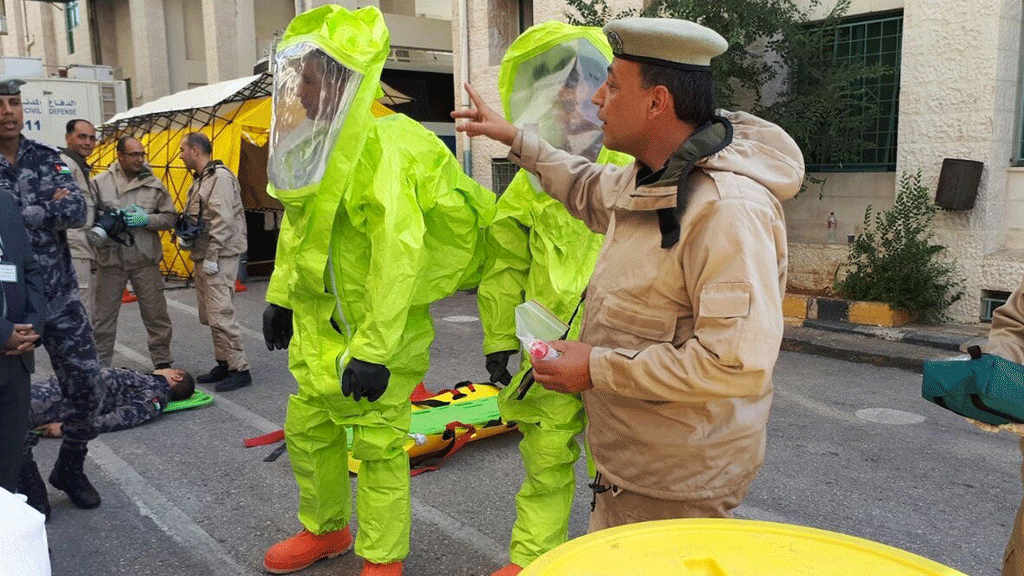The United States-Philippine Security Cooperation
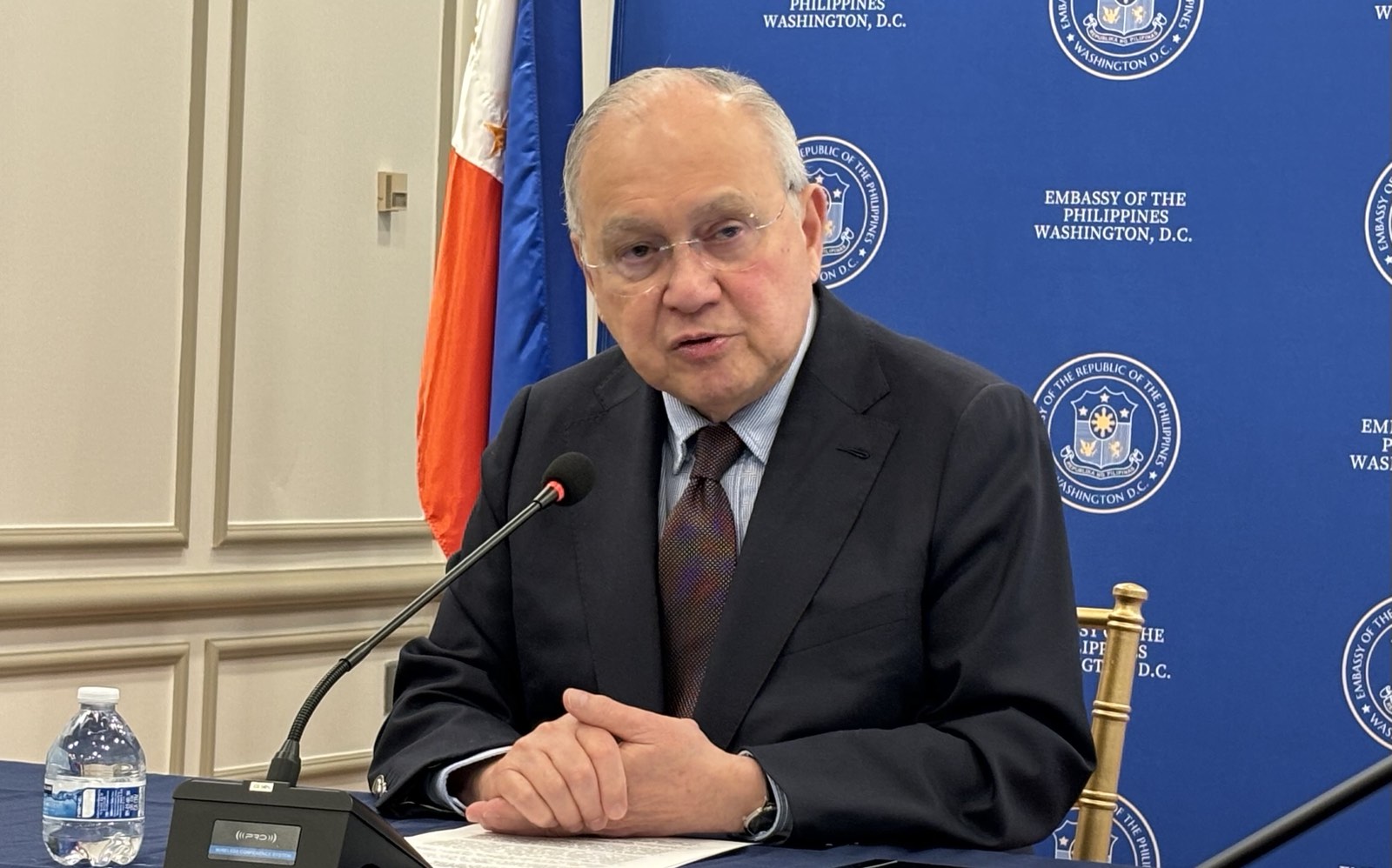
In the course of history, military alliances proved to be a crucial part of international relations among nations. In the context of the Philippines and United States’ alliance, its roots can be traced back to the late 19th century.
The Philippines became a colony of the United States in 1898 after Spain, which ruled Manila for more than three centuries, ceded its control of the Southeast Asian nation following the conclusion of the Spanish-American War. Although the Philippines declared its independence from Spain on June 12, 1898, it remained a US colony until Washington recognized its independence in 1946.
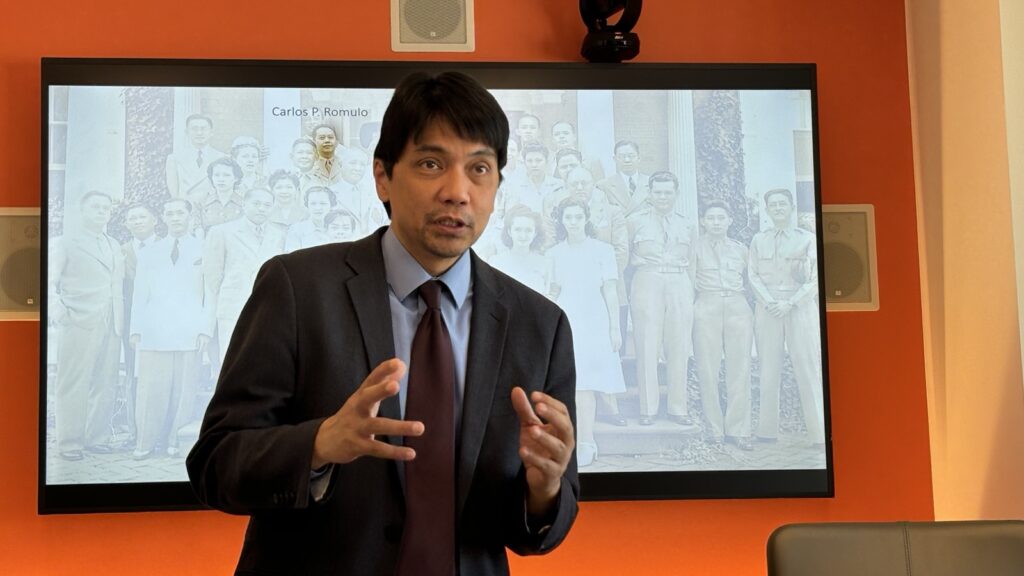
“The destinies of the US and the Philippines are so intertwined,” said US-based community historian Dr. Erwin R. Tiongson (pictured at left) during a US Embassy-hosted reporting tour participated by Filipino journalists while in Arlington, Virginia.
During World War II, Filipino and American troops fought side by side against the Japanese occupation, which solidified the alliance between the two countries. The Philippines also used to host two of the US military’s largest overseas installations, Clark Air Base and Subic Bay Naval Base, which were transferred to Philippine control in the 1990s.
The Philippines is also US’ oldest treaty ally in Asia. The Mutual Defense Treaty signed in 1951 remains in force, requiring both sides to help defend each other in case of an external armed attack. The MDT was further bolstered by the signing of the 1998 Visiting Forces Agreement (VFA) and the 2014 Enhanced Defense Cooperation Agreement (EDCA).
The VFA outlines the legal status of American military personnel in the Philippines and establishes procedures for their entry, exit, and conduct while in the country for joint military exercises, training, and other activities. The EDCA, meanwhile, gives American forces access to agreed locations in the Philippines on a rotational basis for security cooperation exercises, joint and combined military training activities, and humanitarian assistance and disaster relief activities. So far, there are nine locations designated under the EDCA.
STRONGER BOND
Like the rekindling of long-lost friends, the Philippines and the United States have rediscovered a stronger bond following years of detachment under the administrations of their predecessors, former presidents Rodrigo Duterte and Donald Trump.
Duterte, under his term, veered away from its traditional ally, the US, and developed warmer ties with America’s rival, China. The former president had also sought to cancel the VFA but the process of termination was suspended three times, until he finally decided to fully restore the agreement after meeting with US Defense Secretary Lloyd Austin in 2021.
But both countries are moving on under the current leadership of President Ferdinand Marcos Jr. and his counterpart, President Joe Biden.
Meeting for the first time on the sidelines of the United Nations General Assembly in New York in September 2022, Marcos and Biden both acknowledged that the relationship between the countries was more important than ever.
Later in November of that year, Vice President Kamala Harris made a trip to the Philippines to meet with Marcos and was the first high-ranking US official to visit Palawan, the island province facing the South China Sea. Observers said her move was a strong message of support to the Philippines, which was facing harassment from China in waters within its exclusive economic zone.
China’s actions against Philippine vessels and crew members have included the use of water cannons, laser pointing, dangerous maneuvers, and ramming of boats, among other hostile tactics.
EDCA SITES
The following year, after Marcos came into office, the Philippines and US announced four new additional sites under the EDCA. Of the four additional EDCA sites that American forces will have access to, three are situated in the northern part of the country, with the naval base at Cagayan’s Santa Ana, about 400 kilometers (250 miles) from Taiwan.
The Philippines’ decision to allow additional American personnel was not taken lightly by China, which views Taiwan as a part of its territory that will eventually be retaken—by force, if necessary.
At one point, Chinese Foreign Ministry spokesperson Wang Wenbin reiterated that for China, Asia-Pacific is the “common home of countries in the region,” noting that Manila’s military cooperation with Washington will “only cause tensions and puts regional peace and stability at risk.”
SUMMIT
Just this year, the first-ever trilateral summit between the three leaders the US, the Philippines, and Japan was held in Washington, which, according to the US, was a “very important platform for building even greater stability and deepening peace.”
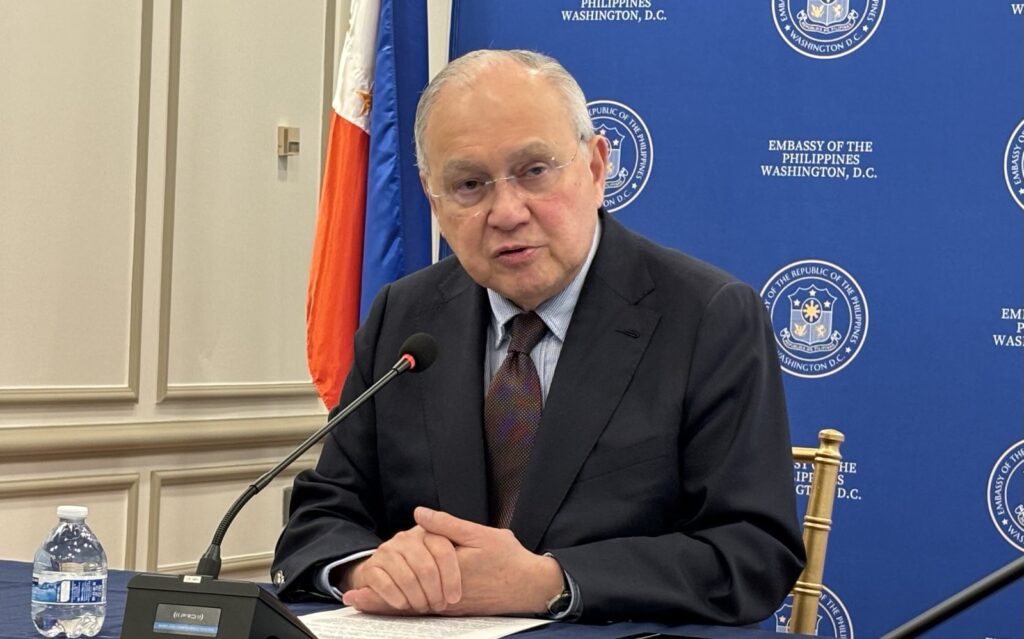
Philippine Ambassador to the US Jose Manuel “Babe” Romualdez described it as “a very consequential summit.” “[I]t was a very consequential summit because we all know that meeting was probably one of the most important meetings undertaken by President Marcos. [It] will define the kind of alliance that we will have down the road,” Romualdez told Filipino journalists who participated in a reporting tour, called the Friends, Allies, Partners Program, in April.
The trilateral summit became an avenue for the three countries to further enhance their economic cooperation, which the diplomat said is a “key element” to strengthen the Philippines’ defense.
“Connecting economic security to our defense security is paramount,” Romualdez explained, as he stressed the ongoing state of the country’s gross domestic product would further boost the country’s efforts to modernize and enhance its defense capabilities.
Aside from closer defense ties and a reiteration from Washington that it is ready to defend Manila in the face of Beijing’s increasing aggression in the WPS, Manila came out as a big winner from the summit. Romualdez said the Philippines is poised to generate about $100 billion in investments in the next five to 10 years from participating in the summit. This renewed vigor in the alliance will continue whoever wins in the upcoming US presidential polls where the President is in a head-to-head race with Trump in November, according to the ambassador.
“I’ve had some informal meetings with some of the members of the Cabinet and staff of former President Trump on many occasions and most of them said that what they started on foreign policy and the policy toward the Indo-Pacific region was just continued by the Biden administration,” Romualdez said.
“So, if in the event that there will be a Republican government here in Washington DC, then it’s just a continuation of what they started,” he reaffirmed. Even in the US Congress, the bipartisan support for the Indo-Pacific and the enhancement of Philippine defense capabilities is clear.
MILITARY AID PACKAGE
At the time of the reporting tour of the Filipino journalists, hogging the US headlines was the approval of a multibillion dollar military aid package for Ukraine, Israel, Taiwan and other Indo-Pacific partners.
Of this aid, at least $2 billion in foreign military financing was earmarked for the Indo-Pacific, including the Philippines— an appropriation that received the “strongest bipartisan support” in the Congress, Democrat Senator Christopher Coons earlier revealed.
Washington’s investment in this alliance, while allowing Filipino leaders to independently determine the best ways to advance the Philippines’ interests in the Indo-Pacific, exemplifies how mutual respect is at the core of US-Philippines relations.

“The difference between what you saw in the ‘60s and ‘70s, where the United States had bases and they did whatever they wanted with those bases, the Philippines at this point has much more agency in what happens with facilities that are being used by the United States or are being made available to the United States,” Pacific Forum Executive Director Carl Baker (pictured at left) said.
In a meeting with the visiting journalists at the US military’s Indo-Pacific Command headquarters in Honolulu, a senior US Defense official proved Baker’s point when asked if he thinks the South China Sea situation would be best addressed with the return of US bases, saying it would all boil down to what Manila decides. “It’s not just what the US would like, it’s what the US and the Philippines would like,” the official said.
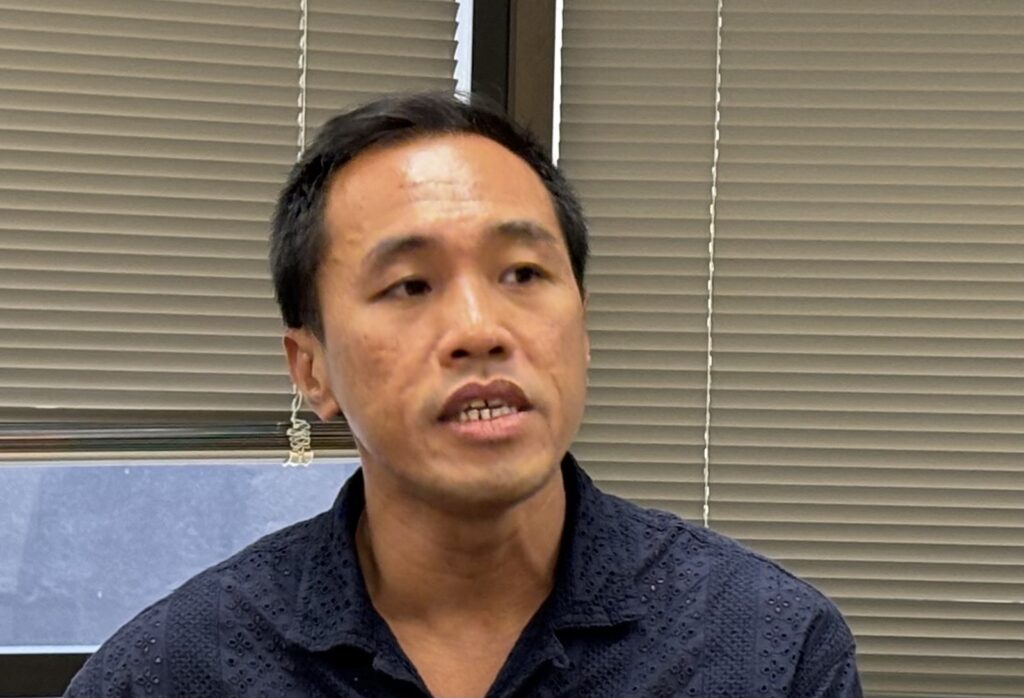
Pacific Forum Director for Cybersecurity and Senior Research Fellow Mark Manantan (pictured at left) said foreign policy wise, there had also been a shift in terms of how Filipinos think about the country’s “independent foreign policy.”
“The Philippines, of course it has the United States as its key ally, but increasingly (it’s) also expanding that cooperation with other partners like Japan, South Korea, Australia,” he said.
On whether the Philippines should allow the EDCA sites located far north to be used in case Taiwan is attacked, Manantan said it would be not far off to say that Manila is only advancing its national interest should it decide to do so. This would mean Manila recognizes that any conflict in the Taiwan Strait is also a security issue for the Philippines given the thousands of Filipinos residing and working in Taiwan.
“[I]f Philippines is going to exercise its national interest and agency in building the sites for example, in the northern part of the country, I think it’s not just a security issue of the United States, it’s also a security issue for the Philippines because we have thousands of Filipinos who are immigrants, who are working in Taiwan,” he said.
“And if there would be a potential conflict or humanitarian disaster events in the Cross-Strait, I think that would really require the country to step up,” he added.
Written by Martin Sadongdong (Manila Bulletin), Jomelle Garner (Daily Tribune), Frances Mangosing (Philippine Daily Inquirer) & Joyce Rocamora (Philippine News Agency), and edited by Lucky Malicay (The Freeman)

